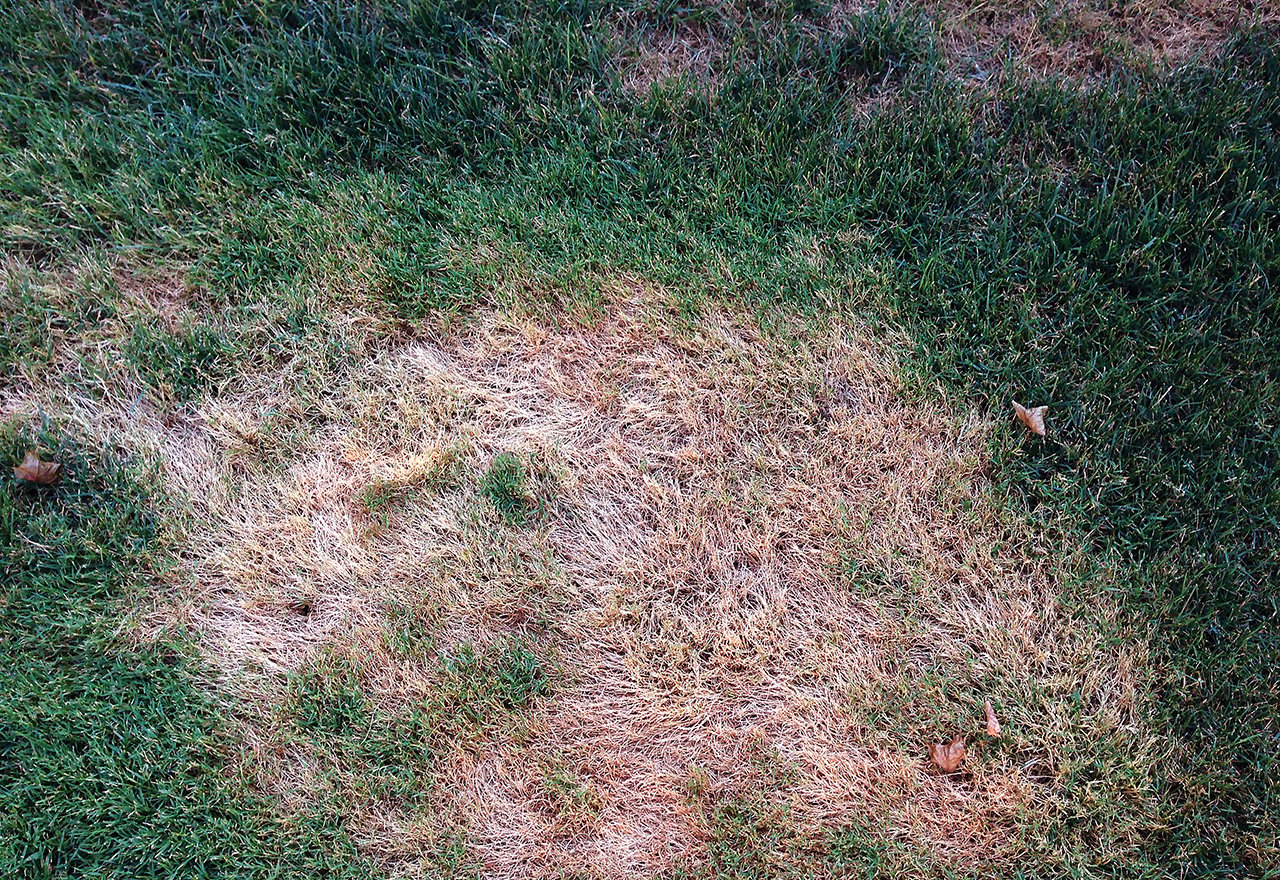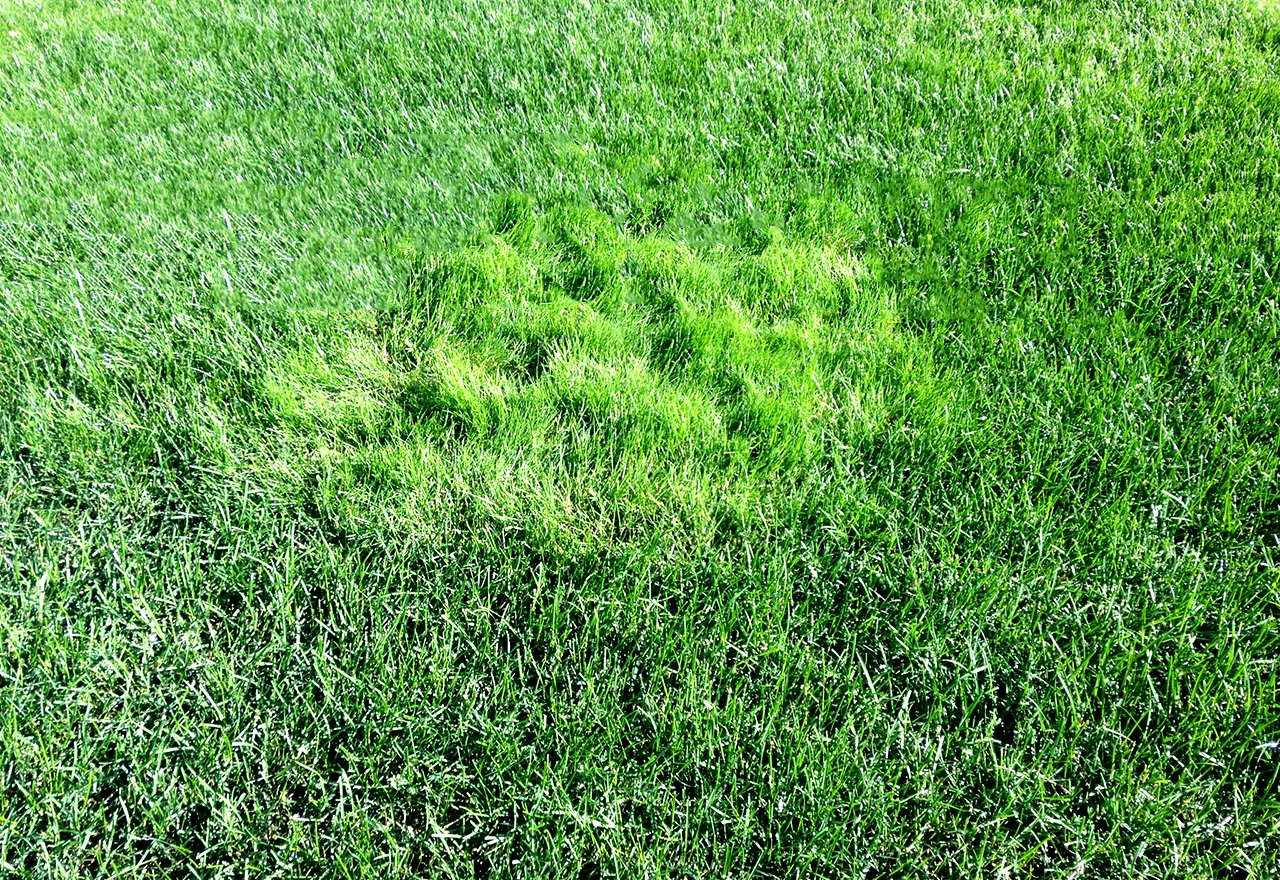A Cool Season Grass that Turns Brown and Looks Dead in Hot Weather

Bentgrass, also known as Creeping Bentgrass, is a perennial, cool-season grass that grows rapidly in cool and wet conditions. You’ll see it often on golf course greens because it tolerates very low mowing. In the Spring it spreads quickly and crowds out other grasses. As soon as the warm Summer comes, it usually turns brown and looks dead, especially in the hot sun. The problem here is that many times other grasses you have in your lawn won’t turn brown, so it seems like something more is wrong. Another issue is that while the Bentgrass is dormant, annual weeds take its place.
Many older lawns were seeded with Bentgrass and once it is somewhere, it is difficult to completely eliminate. There are certain conditions that are favorable to Bentgrass. By providing those conditions, you encourage it to sprout and take over. Bentgrass likes a cool, moist environment. It spreads by stolons, forming a thatch layer above the soil line. It also has roots closer to the surface than other turf grasses, so watering everyday creates more favorable conditions for Bentgrass to grow. Other grasses have roots that absorb water more deeply in the soil. Because of this, watering less frequently, but in higher concentrations, is more ideal for the grasses you’re trying to encourage and less ideal for the Bentgrass you want to discourage. Bentgrass can also tolerate very low mowing. So, if you cut the grass too short, you’re going to be creating conditions that favor Bentgrass and make it more difficult for the grasses you’re trying to encourage to survive.
If you only have small patches of Bentgrass, it might be possible to either dig them out or kill them with glyphosate and reseed. One thing we notice however, is that Bentgrass is always more widely spread in the lawn than it appears at first glance. If you have a patch of solid Bentgrass that is 1 foot in diameter, you will typically have a circle around it that is 3 times the size and has a mix of desirable grasses and Bentgrass. This makes killing spots and reseeding very difficult.
Once the Bentgrass takes over, usually the choices are to either eliminate it and start over with Renovation, or to work with what you have. If you’re going to work with your current lawn, then you actually need to start promoting Bentgrass, instead of discouraging it. If this is the case, we recommend shifting your focus from fertility to pest control, which often plagues Bentgrass. To promote healthy Bentgrass, you’ll want to use just about any natural insect or disease suppression technique that you can to keep it healthy. We recommend a variety of options
